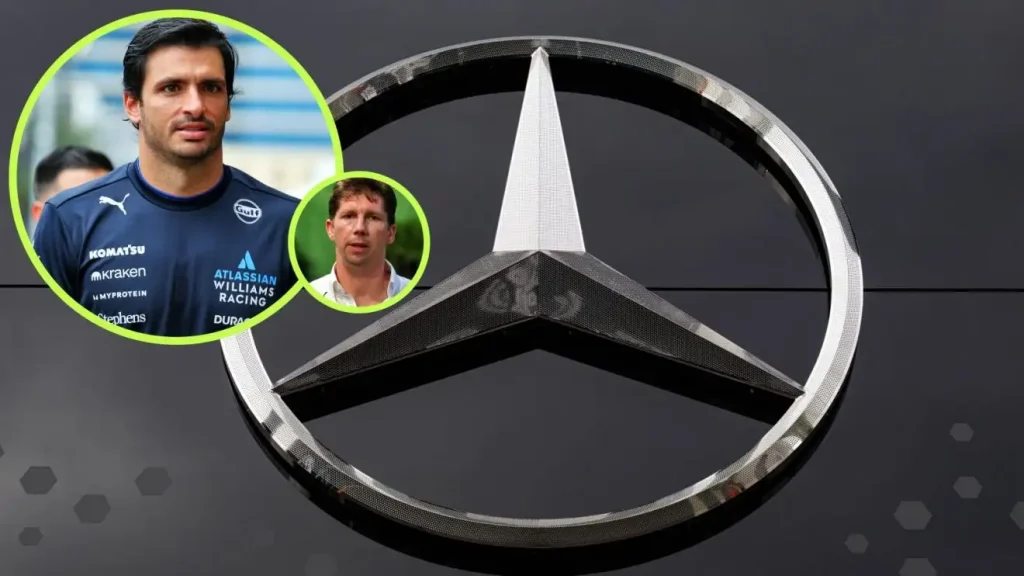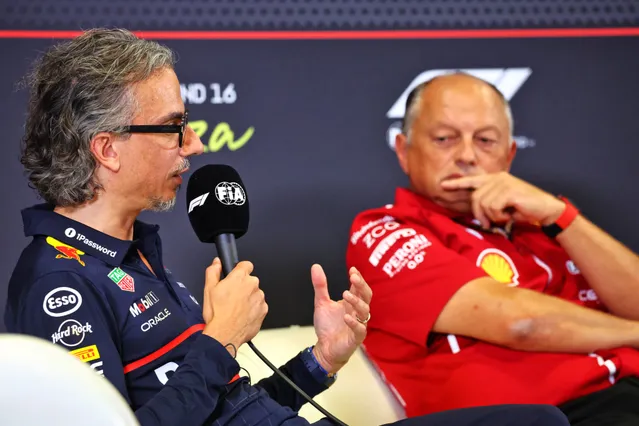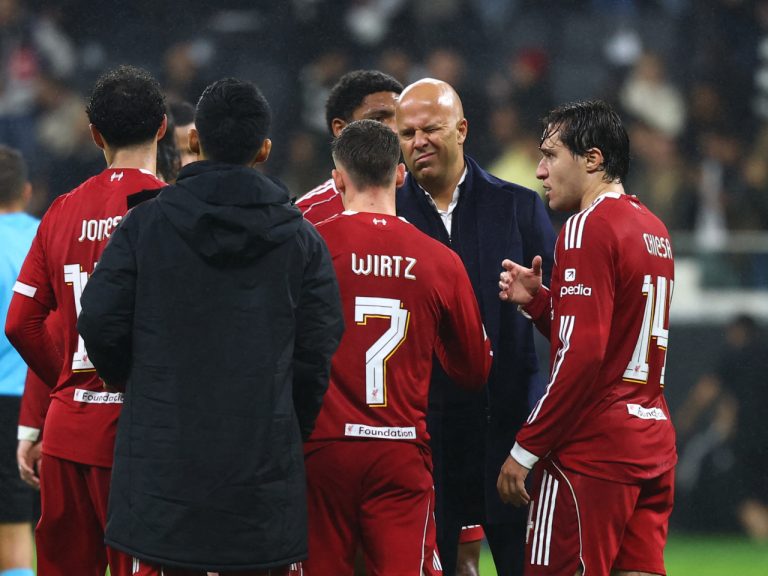
Here’s a 5-paragraph paraphrase of your text:
Carlos Sainz has revealed that the performance of Mercedes’ power units played a key role in his decision to join Williams for the upcoming F1 seasons. The Spanish driver’s move highlights the growing importance of engine performance as teams prepare for the new F1 2026 regulations. Positive feedback about Mercedes’ upcoming engine has further reinforced Sainz’s confidence in the switch.
Williams team principal James Vowles, who previously worked at Mercedes, has weighed in on the matter, confirming that the German manufacturer is producing “really good” work on its F1 2026 power unit. Vowles’ comments underline the strong collaboration between Williams and Mercedes as the team gears up for the regulatory changes.
Meanwhile, Williams is already tackling challenges internally, with the team addressing issues and testing solutions in their simulator. This proactive approach ensures the squad can optimize performance and adapt quickly once the new regulations come into effect. Both Sainz and Vowles are optimistic about the prospects of combining Mercedes power with Williams’ engineering capabilities.
The F1 2026 regulations will bring significant changes to the sport. Cars will become 30 kilograms lighter and feature active aerodynamics on both front and rear wings. These updates are expected to improve racing dynamics, although they will also mark the end of the Drag Reduction System (DRS), a long-standing feature in Formula 1.
In addition to aerodynamic changes, tyre specifications will also be updated, with Pirelli tyres set to become narrower—25 millimeters at the front and 30 millimeters at the rear. These developments mean that teams must adapt both car design and race strategy, making the role of a powerful and reliable engine, like Mercedes’, even more crucial for success in 2026.






